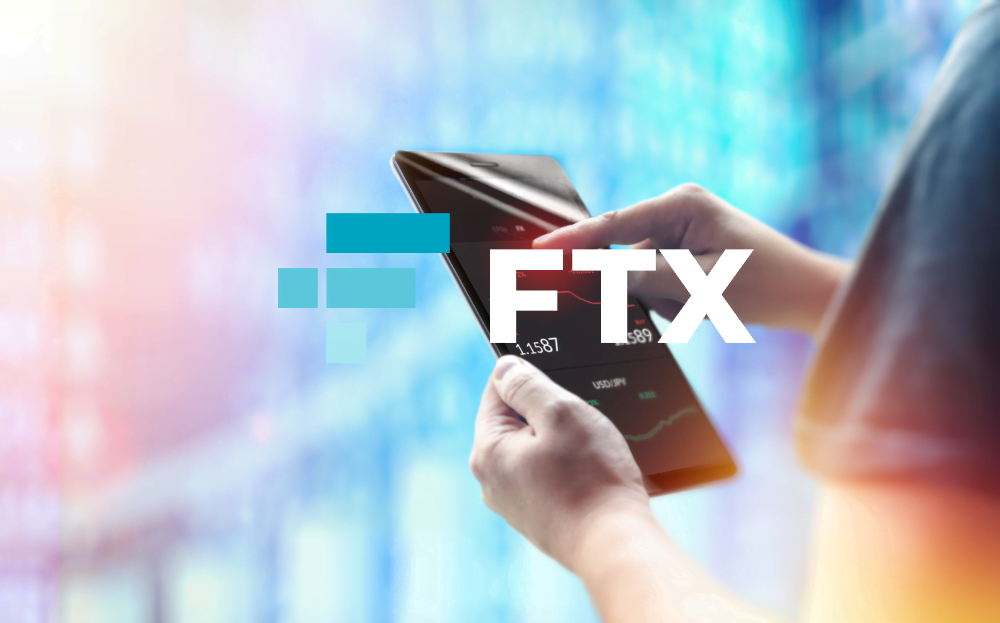
- Elliptic, a blockchain analytics firm, has linked the $477 million FTX hack to Russian cybercriminals after tracking the stolen Bitcoin through crypto mixers.
- The US Justice Department shut down ChipMixer, implicated in the laundering of the hacked funds, and charged its Vietnamese operator with money laundering.
Elliptic, a leading blockchain analytics firm, has drawn connections between the substantial FTX digital heist and Russian-affiliated cybercriminals. The theft, which stripped the cryptocurrency exchange of roughly $477 million worth of digital assets, is now showing ties to Russia through intricate transaction trails.
Russian Fingerprint on FTX’s Missing Millions
The theft from FTX’s digital wallets in November 2022 marked one of the most significant security breaches in cryptocurrency history. Elliptic’s thorough examination has revealed that the Bitcoin siphoned from FTX was later obscured using crypto mixers, with traces leading to Russian-linked illicit activities. This revelation emerged as the stolen Bitcoin mingled with funds known to belong to Russian ransomware syndicates and operators of darknet markets.
Such sophisticated laundering tactics underscore the challenges facing the crypto industry in its fight against cybercrime. The movement of these funds through networks associated with Russian malfeasance has cast a spotlight on the opaque nature of digital asset transfers and the utilization of services like ChipMixer to conceal the money trail.
Legal Clampdown and FTX’s Pursuit of Recovery
In a significant crackdown, the US Justice Department announced the dismantling of ChipMixer in March. Accused of facilitating money laundering, the service’s shutdown marked a victory in the ongoing battle against cryptocurrency-based criminal activities. The operation led to charges against ChipMixer’s Vietnamese operator, spotlighting the international reach and cooperation in combating crypto-related crimes.
Meanwhile, the FTX saga unfolds, with the hacker’s identity shrouded in mystery. The stolen assets witnessed a resurgence in activity, coinciding with the trial of Sam Bankman-Fried, FTX’s co-founder. Facing accusations of defrauding investors, Bankman-Fried has pled not guilty to all charges. The timing of the funds’ movements has fueled further speculation about the identity and motive of the hacker.
FTX 2.0: A Path to Redemption
The news of the hack’s potential Russian connections comes days after FTX’s strategic negotiations for a resurgence. The defunct platform, once a powerhouse in the crypto exchange domain, is reportedly in talks with three bidders, as disclosed by Kevin M. Cofsky of Perella Weinberg Partners during a Delaware court hearing. The new initiative, FTX 2.0, promises a reimagined exchange under fresh leadership committed to transparency and operational integrity.
This initiative includes adopting proof of reserves ensuring that depositor funds are verifiable through independent audits. FTX’s plan to establish a transparent and solvent operation seeks to restore faith in the exchange and provide a safeguarded environment for its users.
Looking Forward
The breach at FTX exposed not only the vulnerabilities within digital asset security but also the intricate web of international cybercrime. With the analytical prowess of firms like Elliptic, the enforcement actions of global authorities, and the industry’s push for transparency, the crypto space is at a pivotal juncture.
As FTX navigates through its complex recovery process, the broader cryptocurrency market watches closely. The establishment of FTX 2.0 could set a precedent for the industry’s future, emphasizing the critical need for robust security measures and transparent operations.


















